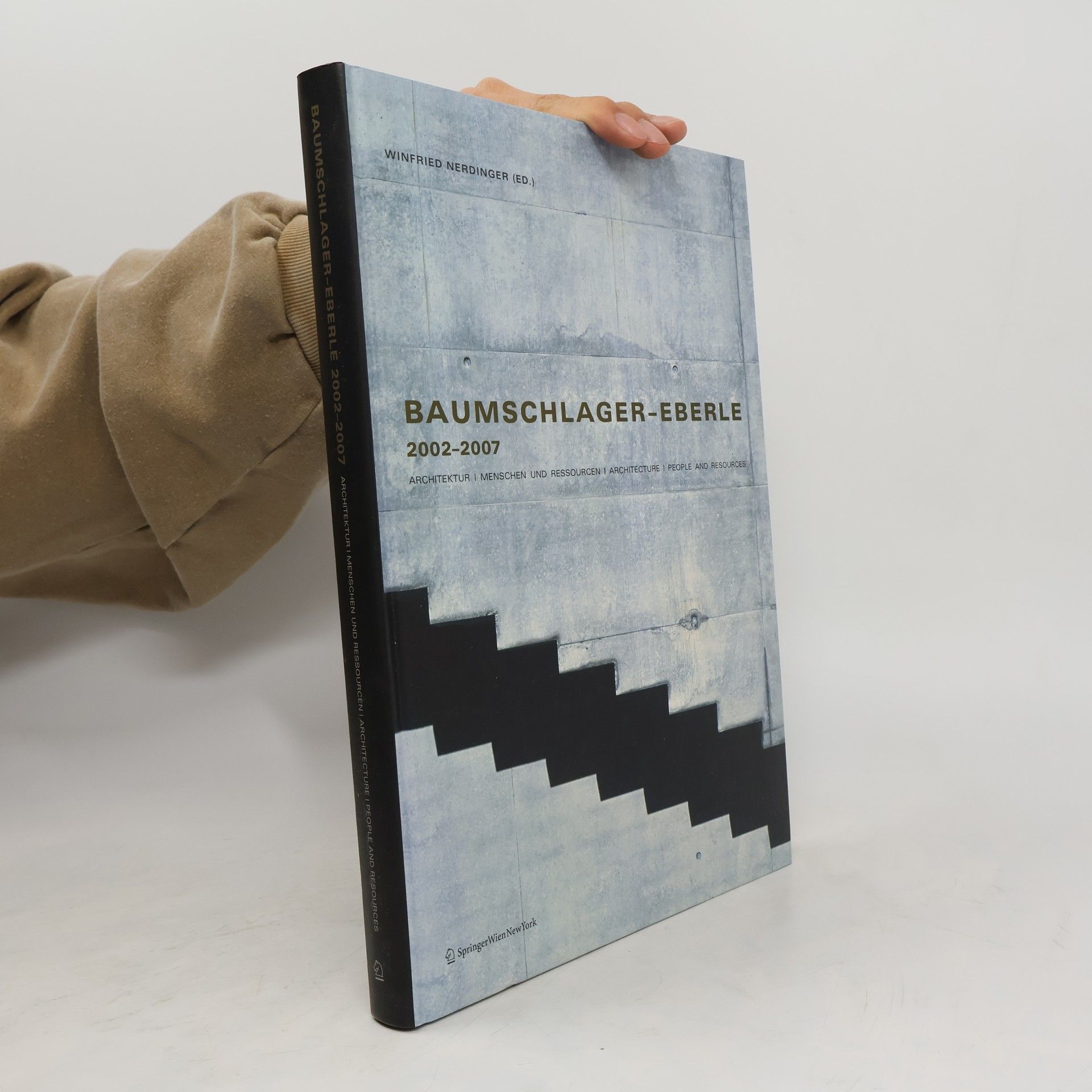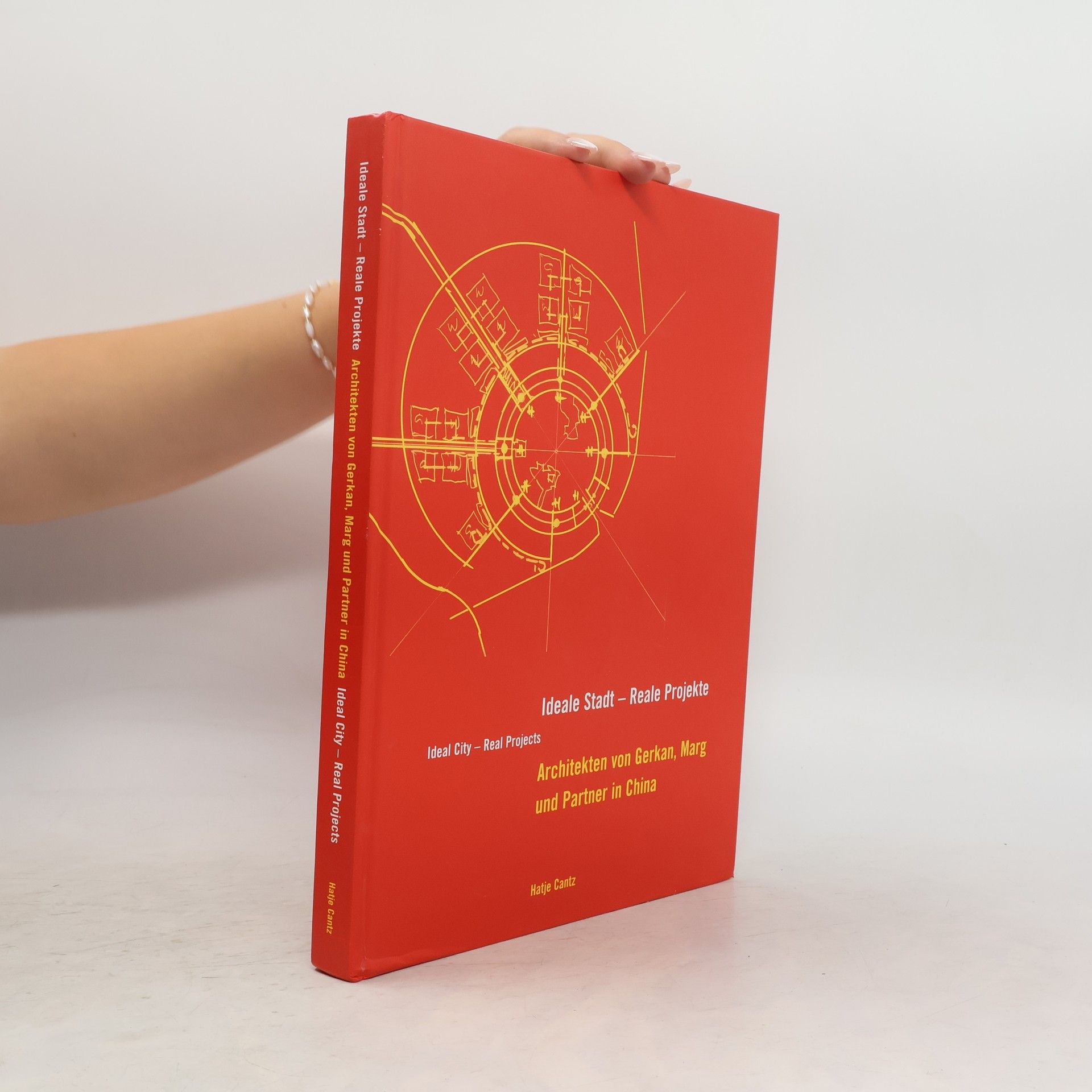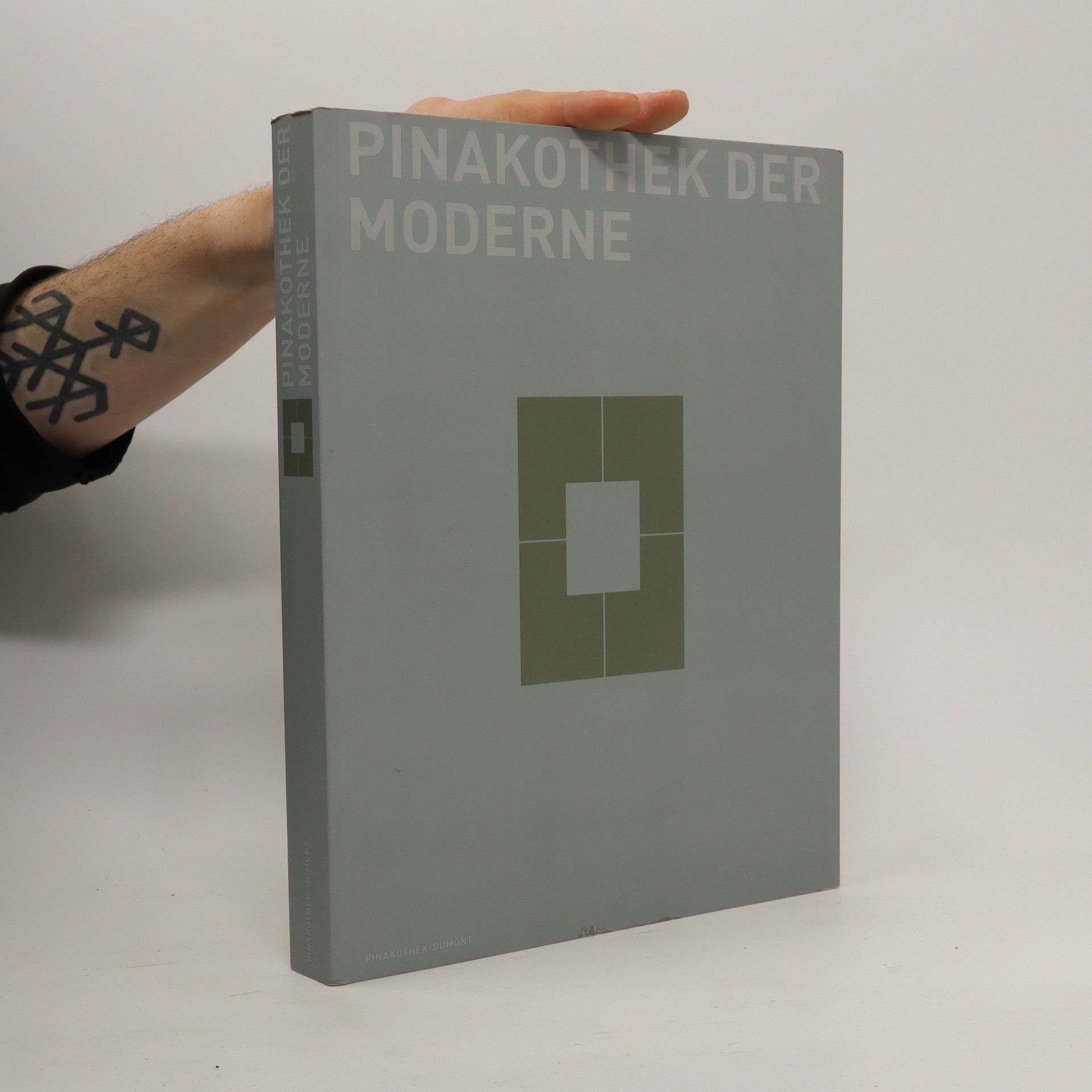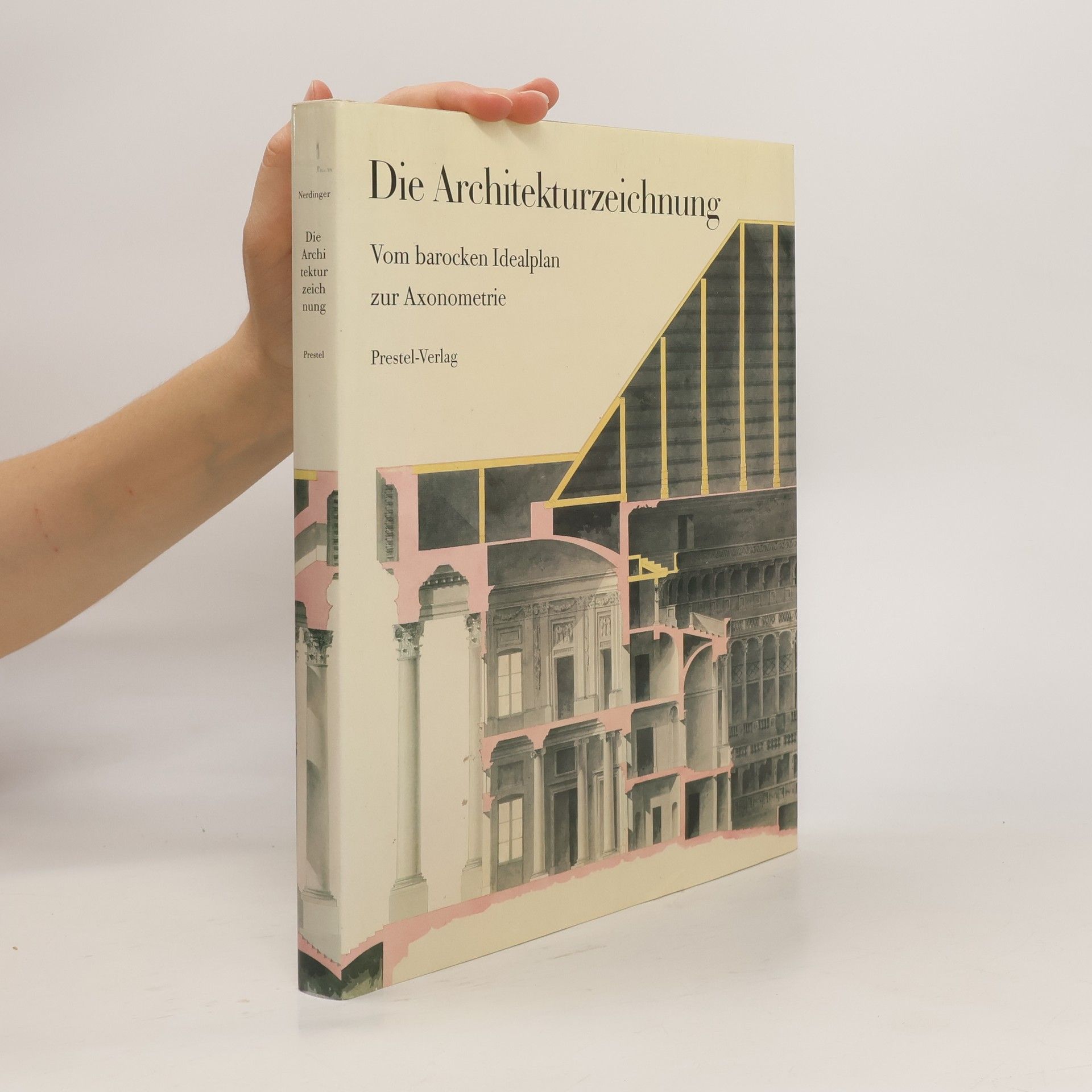Nach Baumschlager-Eberle erfordert ganzheitliche Architektur konstruktive Intelligenz, Ökologie, Wirtschaftlichkeit und Akzeptanz. Das Buch trägt ihrem Selbstverständnis Rechnung und gliedert sich in drei Teile: „Architektur“ stellt in klassischer Form mit Bildern, Texten und Plänen 18 neue, realisierte Projekte des erfolgreichen Büros vor. „Menschen“ untersucht den Gebrauchsaspekt ausgewählter Bauten und deren gesellschaftliche Akzeptanz. „Ressourcen“ analysiert ihre Nachhaltigkeit. Das Buch fügt sich in die Reihe der bei Springer erschienenen Baumschlager-Eberle Monografien ein und schließt direkt an die zuletzt erschienene Publikation an.
Winfried Nerdinger Livres






Otl Aicher
Design. Type. Thinking.
"Otl Aicher is most famously known for the pictographs he designed for the 1972 summer Olympic Games in Munich. Fifty years later, his system of iconography has become a universal language, directing people to bathrooms, through subways, around airports and hospitals. But Aicher's achievements extended far beyond the world of graphic design. Filled with illustrations, photographs, documents and archival material, and enhanced by thoughtful and personal essays from leading critics, designers, and friends, this survey takes a disciplinary approach to explore Aicher's role as one of the founding figures of visual communication. We learn about Aicher's work developing corporate brands; how he created the Rotis typeface, then built architecture incorporating the font; how he collaborated with artists and architects such as Josef Albers, Alexander Kluge, and Norman Foster; and how his founding of the Ulm School of Design reflected his passion for teaching, and for an open, free, and democratic society. Aicher's achievements are evident in nearly every public space on the globe and this definitive and timely reference work rightfully places Aicher among the pioneering geniuses of the past century."--Amazon.com
Munich and National Socialism
Catalogue of the Munich Documentation Centre for the History of National Socialism
Munich is associated with the rise of National Socialism like no other city. After the First World War, the ‘National Socialist German Workers´ Party‘ (NSDAP) emerged from anti-Semitic and radical right-wing circles in the Bavarian capital with Adolf Hitler becoming its leading figure. Here he tried to assume power via a putsch in 1923. Here, after the ‘seizure of power‘, a party district arose in which about 6000 people organised the apparatus of the NSDAP. Moreover, with the opening of the nearby concentration camp in Dachau, the ‘Capital of the Movement‘ took on a pioneering role in the construction of the dictatorship. The Munich Documentation Centre for the History of National Socialism occupies the site of the former party headquarters on Königsplatz and illuminates the Nazi history of the city. Its permanent exhibit, with plentiful new material, presents the history of National Socialism in Munich, the special role of the city in the system of terror, and the difficulties in dealing with this past since 1945. This book encompasses the texts and images of the permanent exhibit as well as 23 accompanying essays by renowned historians, making it also an illustrated history of the ‘Third Reich‘ based on the very latest research.
Über 400 Bauten – davon 27 Neuaufnahmen – der Münchner Architekturgeschichte vom Mittelalter bis zum Beginn des neuen Jahrtausends werden mit einem informativen Text vorgestellt und in aktuellen Fotos und Grundrissen dokumentiert. Auswahl der neuen Objekte – Jüdisches Gemeindezentrum – Museum Sammlung Brandhorst – Erweiterungsbau der Akademie der Bildenden Künste – Münchner Hochhäuser. Uptown München. HighLight Business Towers. Bürogebäude am Münchner Tor – BMW Welt – Haus der Architektur – Messestadt-Riem. Kirchenzentrum Riem. Haus der Gegenwart. Bauzentrum – Wohnbebauung Ackermannbogen – Swiss Re Germany AG – Allianz Arena Lagepläne, Schnellbahnnetz, Architektenreg., Baugattungsreg., Historisches Reg., Objektreg., Straßenreg., Glossar Ein unentbehrliches Nachschlagewerk für an Architektur, Stadtentwicklung und Münchner Heimatkunde Interessierte. [Lothar Altmann, Bayern im Buch] Die einzelnen Gebäude werden durch kurze fachkundige Texte in deutscher und englischer Sprache erläutert und mithilfe von Schwarzweißabbildungen, Grundrissen und Schnitten dargestellt. Bei einer gezielten Recherche sind Straßen-, Architekten- und Baugattungsregister am Ende des Buches sehr hilfreich. [Fraunhofer IRB]
In einem Zeitraum von sechs Jahren sind im Hamburger Büro von Gerkan, Marg und Partner - kurz gmp - über 100 Entwürfe für Auftraggeber in China entstanden, von denen fünf bereits fertiggestellt und 20 in Bau oder in Planung sind. Lingang New City, eine am Reißbrett entworfene Hafenstadt für 450 000 Einwohner nahe Schanghai, bildet dabei den Schwerpunkt: Von gmp in der Tradition einer „Idealstadt“ entworfen, wurden um einen zentralen kreisrunden See die verschiedenen Stadtbezirke in konzentrischen Ringen angeordnet. Stadtbausteine- und Stadträume markieren zudem Identität stiftende Entwürfe für unterschiedliche öffentliche Aufgaben - die eines Theaters und eines Opernhauses, einer Schule, eines Museums, eines Stadtarchivs, einer Kirche, Verwaltungstürmen sowie Messe- und Kongresshallen bis zu einer Größe von über 20 Fußballfeldern. Ausstellung: Architekturmuseum der Technischen Universität München in der Pinakothek der Moderne, München 30.6.-2.10.2005
Vom Mittelalter zur Postmoderne – dieses Standardwerk bietet den Schüler/-innen in einem Band einen umfassenden Überblick über die Geschichte der bildenden Kunst und Architektur.



